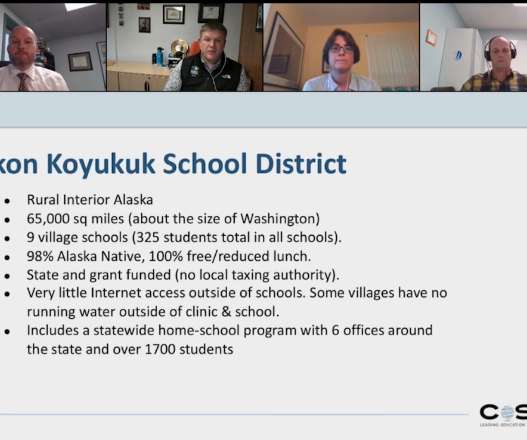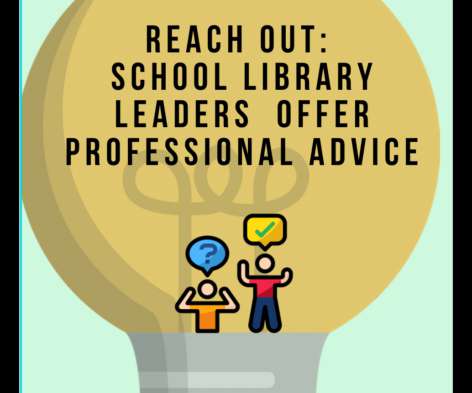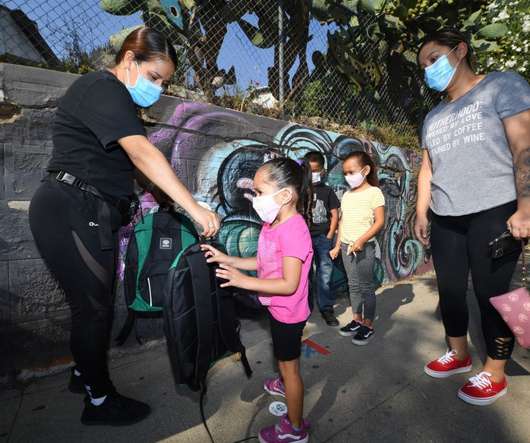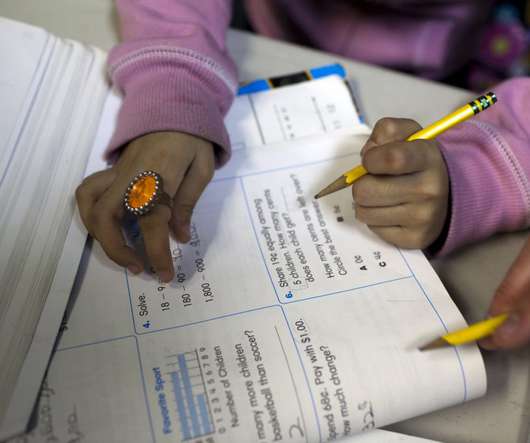Ensuring Access to Robust Broadband for ALL Students
Doug Levin
NOVEMBER 19, 2015
Benjamin Herold of Education Week has put together a real cracker of a series on the challenges of ensuring school broadband access in rural communities – and how E-rate (pre- and post-modernization) is helping to address the situation. We should demand more of our political leaders and from our education advocacy organizations.

































Let's personalize your content